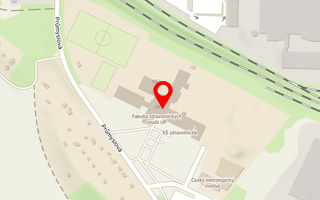Publikace detail
Large-vessel occlusion in a patient with Emery-Dreifuss muscular dystrophy
Autoři:
Prax T | Ehler Edvard | Ungermann L | Stetkarova I
Rok: 2021
Druh publikace: článek v odborném periodiku
Název zdroje: Česká a slovenská neurologie a neurochirurgie
Název nakladatele: Česká lékařská společnost J. E. Purkyně
Místo vydání: Praha
Strana od-do: 491-492
